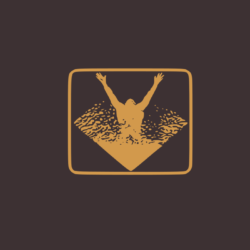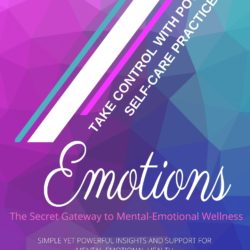In my training under the scope of Traditional Chinese Medicine and all the classical teachings of this holistic medicine the use of ice is not typically mentioned as a therapy for injuries. Ice delays healing. Heat, in contrast, is often used to increase blood flow and relax tissue but not ice. It is generally accepted that ice is for acute injuries and heat is for chronic conditions but there’s more to understand.
Consider the obvious, cold contracts and blocks circulation. Long term constriction can cut off blood supply, impede healing and damage tissue.
When there is an injury, i.e. acute sprained, swollen ankle injury or a snake bit – swelling is a natural part of healing. The swelling contains and isolates the injury initially. But for better, long-term recovery blood needs to flow into the injured area to deliver nutrients and remove waste to better facilitate healing.
From an herbal medicine perspective, the principles of an herbal application for acute trauma with initial symptoms being red, hot and swollen (signs of inflammation) is to clear heat, relieve pain, and stop bleeding. Also there’s an increasing emphasis on moving blood as the initial symptoms subside to minimize stasis. Necrotic or dead tissue, resulting from the injury, adversely leads to stasis or a blocking of blood flow to the injured site. Healing is impeded. Blood moving herbs help minimize stasis and open circulation to increase healing.
Contrast these effective herbal medicine principles to the constricting nature of ice reveals how ice can trap necrotic tissue, block circulation and slow healing. A study in the Journal of Strength and Conditioning Research had data showing that “topical cooling, a commonly used clinical intervention, seems to not improve but rather delay recovery” 2
Tissue damage, particularly concerning to nerves, can result from a long-term application of ice to constrict blood circulation. In 1980 and 1981, physicians from the Louisiana State University School of Medicine at the American Orthopedic Society meeting for Sports Medicine in Big Sky, Montana reported nerve injuries on five athletes from too much ice around the knee. The resulting conclusion was made, “Applying ice for more than 30 minutes, and preferably for not more than 20 minutes, should be strictly avoided.” 3
Ice is often used by injured athletes to ease pain and get back in the game but studies are showing that cooling an injury carries adverse consequences. “The cooling may help to decrease pain, but it interferes with the athlete’s strength, speed, endurance and coordination”. 4
So should you ice an injury? Ice should only be used short-term for acute injuries
- ice 10 minute, remove 20 minutes – repeat only 1 or 2 times (short-term)
- within 6 hours after injury (acute)
Dr Mirkin (co-author of The Sportsmedicine Book, 1978, coining the acronym RICE – Rest, Ice, Compression, Elevation for the treatment of athletic injuries ) has since updated he recommendations 1
- Since applying ice to an injury can help to reduce pain, it is acceptable to cool an injured part for short periods soon after the injury occurs.
- You could apply the ice for up to 10 minutes, remove it for 20 minutes, and repeat the 10 minute application ONLY once or twice.
- There is no reason to apply ice more than six hours after you have injured yourself.
Source: http://hemanklerehab.com/ankle-sprain-research/
1. Mirkin G. Why Ice Delays Recovery. March 16, 2014. http://drmirkin.com/fitness/why-ice-delays-recovery.html. Accessed July 7, 2015.
2. Tseng CY, Lee JP, Tsai YS, Lee SD, Kao CL, Liu TC, Lai C, Harris MB, Kuo CH. Topical cooling (icing) delays recovery from eccentric exercise-induced muscle damage. J Strength Cond Res. 2013;27(5):1354-61. doi: 10.1519/JSC.0b013e318267a22c.
3. Drez D, Faust DC, Evans JP. Cryotherapy and nerve palsy. American Journal of Sports Medicine. 1981; 9:256-257.
4. Mirkin G. Why Ice Delays Recovery. March 16, 2014. http://drmirkin.com/fitness/why-ice-delays-recovery.html. Accessed July 7, 2015.
Related Topic Resources:
http://hemanklerehab.com/ankle-sprain-research/
http://drmirkin.com/fitness/why-ice-delays-recovery.html








